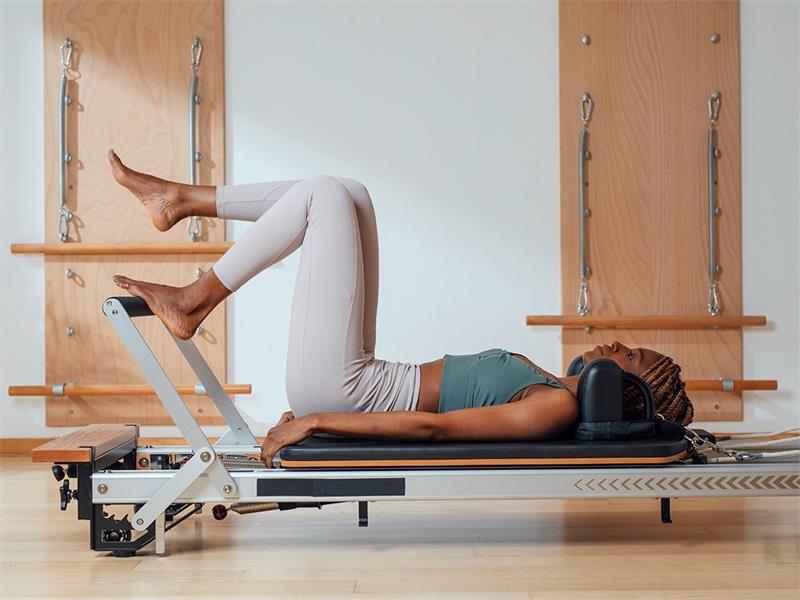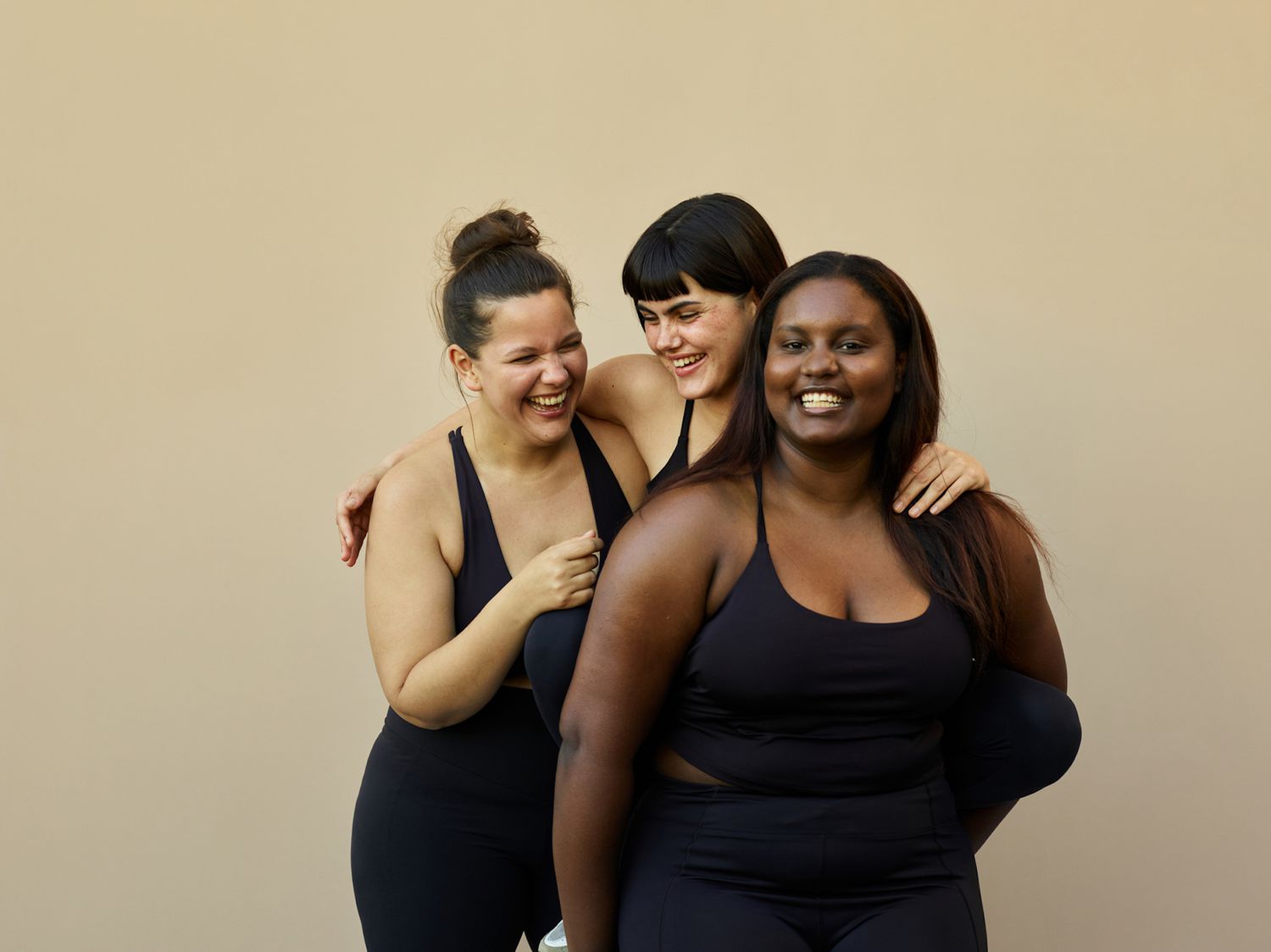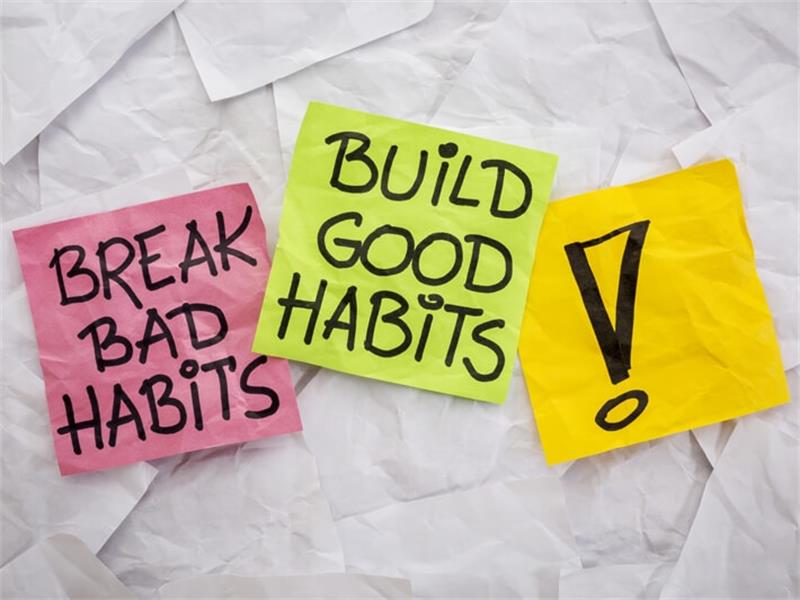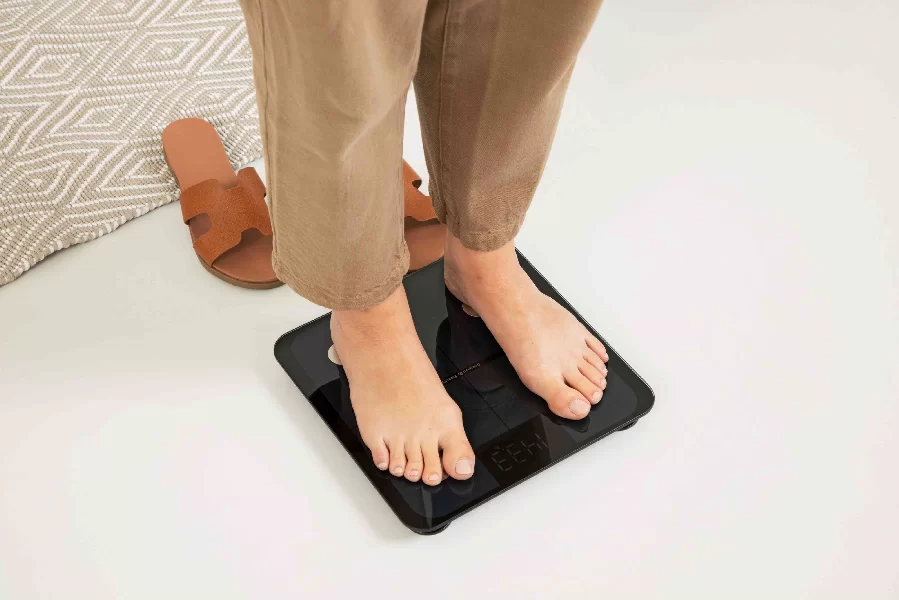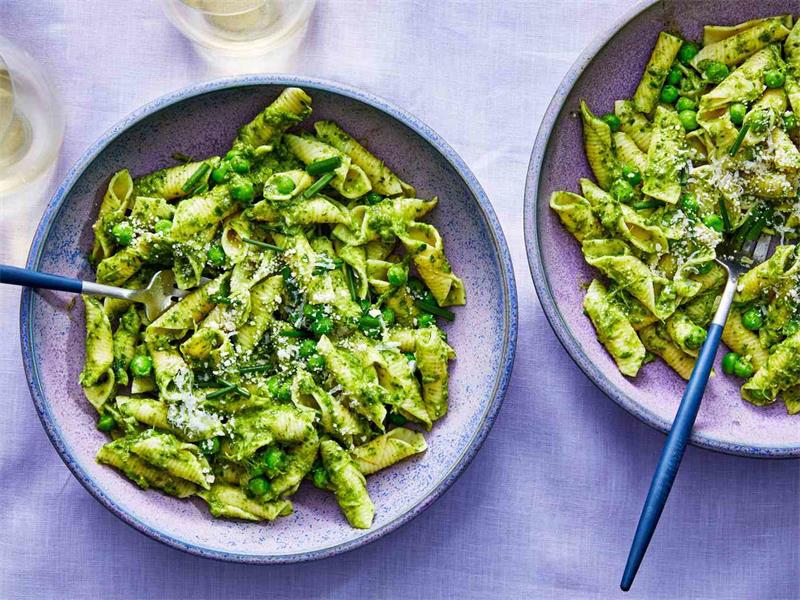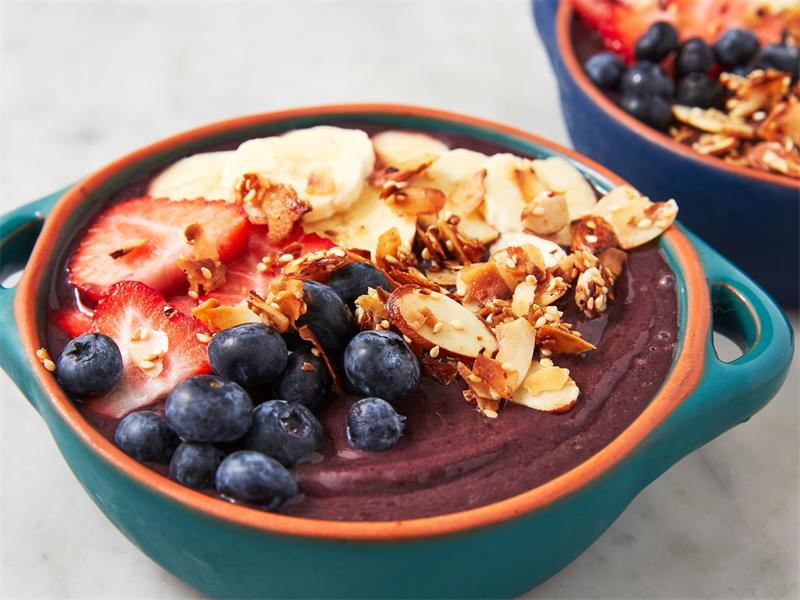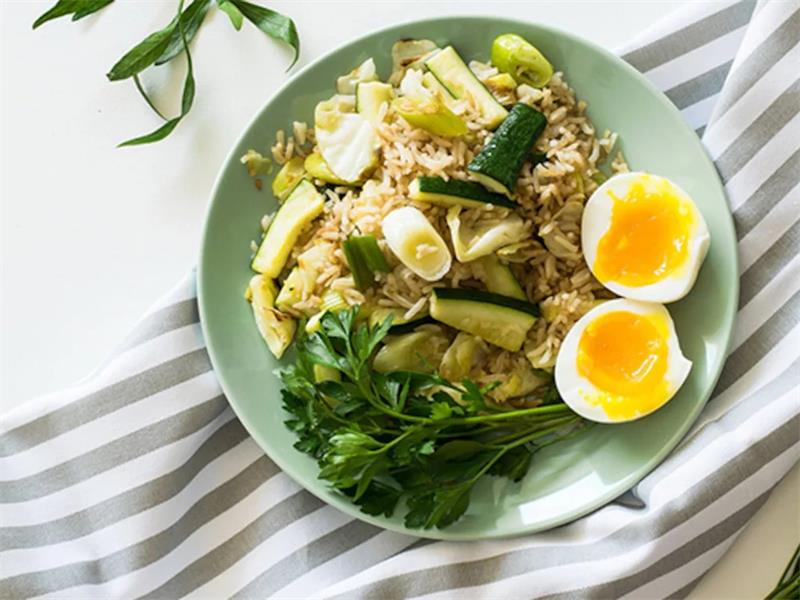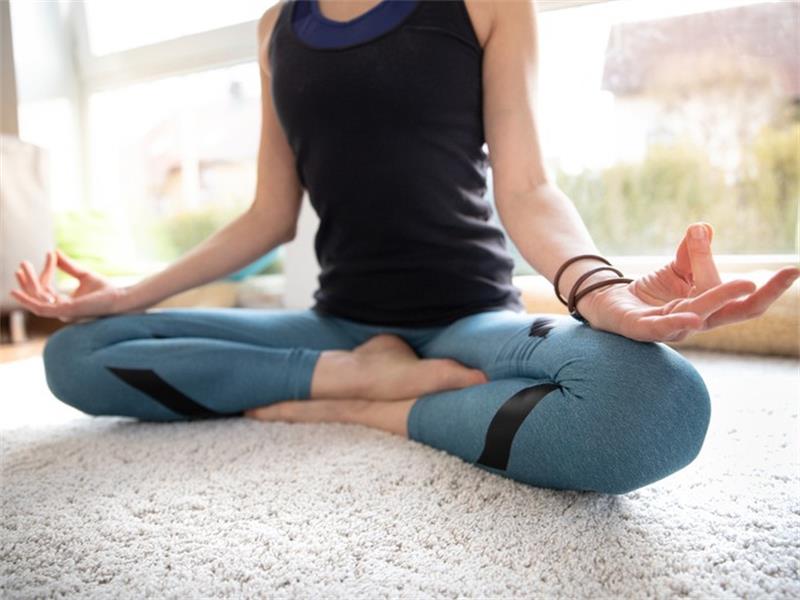Contents
Better Health and Wellness with Pilates
Are you looking for a fun, low-impact way to improve your physical and mental health? Look no further than Pilates! Originally created by Joseph Pilates in the early 20th century, Pilates has gained popularity in recent years as more people discover the benefits of this unique form of exercise.
The Benefits of Pilates
Pilates is a great workout for people of all ages and fitness levels. It focuses on strengthening the core muscles while also improving posture, flexibility, and balance.
Regular practice can also help reduce stress and anxiety levels, increase energy levels, and promote overall feelings of well-being. One of the greatest benefits of Pilates is its low-impact nature.
Unlike high-intensity workouts like running or weightlifting which can be hard on your joints, Pilates is gentle on your body while still providing an excellent workout. This makes it a great option for people with injuries or chronic pain who are looking to stay active without exacerbating their condition.
Why is Pilates Becoming Increasingly Popular?
As more people become aware of the many benefits of Pilates, this form of exercise has gained popularity in recent years. In addition to its physical benefits, many people appreciate how it can help them feel more mindful and centered during their practice. This focus on breath control and body awareness can carry over into other areas of life as well.
Another reason why Pilates is becoming increasingly popular is that it’s easy to do at home with minimal equipment. While some exercises require a reformer machine or other specialized equipment, many basic moves can be done using just a mat or even a towel on the floor.
This convenience factor makes it easier for people to stick with their workouts even if they don’t have access to a gym or studio. Overall, there’s no denying that Pilates is a great choice for anyone looking to improve their physical and mental health in a fun and gentle way.
Whether you’re new to exercise or are a seasoned athlete, there’s something for everyone in the world of Pilates. So why not give it a try today and see how it can help you feel better inside and out?
The Many Benefits of Pilates
If you’re looking for a way to improve your overall health and wellness, Pilates might be just what you need. This low-impact exercise can help you develop a strong, flexible body while also reducing stress and anxiety. Here are just a few of the benefits you can expect when you start practicing Pilates:
Improved Flexibility and Posture
Pilates is all about strengthening your core muscles, which can have a big impact on your posture. When your core is strong and engaged, it’s easier to sit up straight and avoid slouching or hunching over. This improved alignment helps reduce strain on your neck, shoulders, and back, which can help alleviate pain and discomfort.
In addition to improved posture, Pilates also helps increase flexibility throughout the entire body. By focusing on controlled movements that emphasize lengthening the muscles rather than shortening them as some other forms of exercise do, Pilates helps improve the range of motion in joints while also reducing the risk of injury.
Increased Core Strength and Stability
The core refers to the muscles in your abdomen, back, hips, and pelvis that work together to provide stability for your entire body. A strong core not only looks great but also provides numerous functional benefits such as improved balance and coordination.
Incorporating Pilates into your workout routine can help strengthen these important muscles by engaging them in a variety of exercises that target different areas of the core. Over time, this increased strength will translate into improved stability during other activities like running or weightlifting.
Reduced Stress and Anxiety
Pilates isn’t just good for physical health—it’s also great for mental health too! By focusing on breath control during exercises along with mindful movement, Pilates can help you reduce stress and anxiety while also improving your mood and sense of well-being.
Research has shown that practicing Pilates regularly can even help reduce symptoms of depression and improve overall mental health. The mind-body connection emphasized in Pilates is a powerful tool for managing stress and promoting relaxation.
Low Impact Workout that is Easy on Joints
Pilates is particularly appealing to those who want to exercise without putting undue strain on their joints. Because it’s a low-impact form of exercise, it’s easier on your body than activities like running or jumping which can be hard on the knees, hips, and ankles.
The controlled movements in Pilates are also less likely to cause injury than other forms of exercise. Many people find that they’re able to continue practicing Pilates well into their later years without experiencing joint pain or discomfort.
With so many benefits to offer, it’s no wonder that Pilates has become such a popular form of exercise. Whether you’re looking to improve your physical health or just want a new way to manage stress, give Pilates a try!
How to Get Started with Pilates
Finding a studio or instructor
One of the best ways to get started with Pilates is by finding a reputable studio or instructor in your area. Look for studios that offer a variety of classes, including beginner classes.
You can also search for certified instructors through organizations like the Pilates Method Alliance. When choosing a studio or instructor, it’s important to do your research.
Read reviews online and ask for recommendations from friends who have experience with Pilates. Once you’ve found a potential instructor or studio, ask about their qualifications and experience.
Choosing the right equipment
While many Pilates exercises can be done on a mat, some require specialized equipment such as a reformer, Cadillac, or Wunda chair. If you’re taking classes at a studio, they’ll likely provide all the necessary equipment.
However, if you’re practicing at home or want to invest in your own equipment, there are several things to consider. First and foremost, make sure you purchase from a reputable brand that uses high-quality materials.
Look for features like adjustable resistance and comfortable padding. It’s also important to consider space – larger pieces of equipment like reformers take up more room than mats or smaller props.
Dressing appropriately for class
When it comes to dressing for Pilates class, comfort is key. Choose clothing that allows for a full range of motion and isn’t too loose or baggy – this can get in the way during certain exercises. Breathable fabrics like cotton or moisture-wicking materials are also important.
It’s also important to choose footwear carefully – many Pilates exercises are done barefoot so you can better feel the floor beneath you and engage your muscles fully. If shoes are required (such as in group classes), choose supportive shoes with good grip that won’t slip on smooth surfaces.
Beginner’s Guide to Pilates Exercises
If you’re new to Pilates, it can be overwhelming to start learning the different exercises that make up a typical class. In this section, we’ll go over some of the most important exercises for beginners and what to expect in a mat or reformer class.
Warm-up Exercises
Before diving into more intense exercises, you’ll want to start with a few warm-up moves that will help stretch and prepare your muscles. One simple exercise is the cat-cow stretch, which involves getting on your hands and knees and alternating between arching your back and rounding it.
This helps loosen up your spine and improve flexibility. Another great warm-up exercise is the “Roll-Up.” To do this exercise, lie on your back with your arms extended towards the ceiling behind you.
Begin by curling up one vertebra at a time until you are sitting fully upright with your arms reaching towards your toes. Then reverse this movement slowly rolling down one vertebra at a time until back in starting position.
Basic Mat Exercises
The foundation of any Pilates workout is the mat work series of exercises that targets core stability muscles while requiring very little equipment. Basic mat exercises include moves like “The Hundred,” where you lie on your back with legs raised at 90 degrees from hips and pumped arms while inhaling for 5 counts then exhaling for 5 counts – repeated 10 times equaling 100 pumps.
The “Single Leg Circle” is another fundamental move where you lay on your back with one leg extended straight up towards the ceiling as the other leg stays grounded. Draw large circles clockwise and then counterclockwise with a leg in the air before switching sides.
Introduction to Reformer Exercises
The Pilates reformer is a piece of equipment that can add variety and resistance to your workout. In a reformer class, you’ll use the machine to perform exercises like the “Footwork” series. This involves laying on your back with your feet on the carriage and pressing through heels as you extend your legs out parallel to the floor – then bringing them back in towards your hips.
Another popular exercise is the “Long Box Series.” For this exercise, you lie face down over a long box positioned over a carriage. Using handles and straps as support, perform movements that combine upper and lower bodywork, such as lifting arms off the box while simultaneously lifting legs off carriage – then lowering back down slowly.
Whether you’re working on a mat or reformer, remember to start slow and focus on proper form before advancing to more challenging exercises. Pilates is all about precision and control, so take your time mastering each move before moving on to more advanced workouts!
Tips for Success in Pilates Practice
Consistency is key
One of the most important things to keep in mind when practicing Pilates is consistency. If you want to see results, you need to practice regularly. Aim for at least three sessions per week, and make sure you stick to your schedule as much as possible.
It’s also important to challenge yourself during each session by increasing the difficulty of exercises or trying new ones. If you find it hard to stay motivated, try finding a workout buddy or joining a group class.
You can also set small goals for yourself and track your progress. Whether it’s holding a plank for an extra 10 seconds or mastering a new move, celebrating these accomplishments will help keep you on track.
Don’t be afraid to modify exercises
One of the great things about Pilates is that it can be modified to accommodate people of all fitness levels and abilities. If an exercise feels too difficult or uncomfortable, don’t be afraid to modify it or ask your instructor for help.
For example, if you’re struggling with a particular move on the reformer machine, you can try doing the same exercise on the mat instead. Or if a certain position causes discomfort in your back or neck, there are usually alternative positions that can still target the same muscles without causing pain.
Remember that everyone’s body is different, and what works for one person may not work for another. Listen to your body and make modifications as needed so that you can continue practicing Pilates safely and effectively.
Listen to your body and work at your own pace
While consistency is important in any fitness routine, it’s also crucial that you listen to your body and work at your own pace. Pushing yourself too hard or trying moves that are too advanced before you’re ready can lead to injury or burnout.
If you’re new to Pilates, start with the basics and gradually work your way up. Focus on proper form and technique before attempting more challenging exercises.
And be sure to give yourself time to rest and recover between sessions. Remember that Pilates is a practice, not a competition.
The goal is not to compare yourself to others or achieve perfect form right away, but rather to focus on your own progress and improvement over time. With patience, consistency, and a willingness to modify as needed, you can enjoy all the benefits that Pilates has to offer.
Conclusion
Recap of the Benefits of Pilates and How to Get Started
Pilates is a great workout option for those looking to improve their flexibility, posture, core strength and stability, as well as reduce stress and anxiety levels. Whether you’re a beginner or an experienced athlete, the practice can benefit anyone who wants to have a leaner, toned body and improve overall physical health.
Getting started with Pilates is easy – simply find a local studio or instructor that offers classes in your area or invest in some basic equipment (such as a mat or reformer) to practice at home. Be sure to dress comfortably for class and take things at your own pace – don’t be afraid to modify exercises if needed.
Encouragement for Readers to Try Out a Class or Practice at Home
If you’re still unsure about whether Pilates is right for you, we highly encourage you to give it a try! Many studios offer free trial classes or introductory packages that allow you to test out the practice without any commitment.
Alternatively, there are plenty of online resources (such as YouTube videos and mobile apps) that provide guidance on how to get started with Pilates from the comfort of your own home. Remember that consistency is key when it comes to seeing results from Pilates – try practicing at least 2-3 times per week if possible.
Don’t get discouraged if you find certain exercises challenging at first – with time and practice, you’ll quickly see improvements in your strength and flexibility. Incorporating Pilates into your fitness routine can lead to positive changes not only in your physical health but also in your mental well-being.
So what are you waiting for? Get started on your journey towards better health today!

